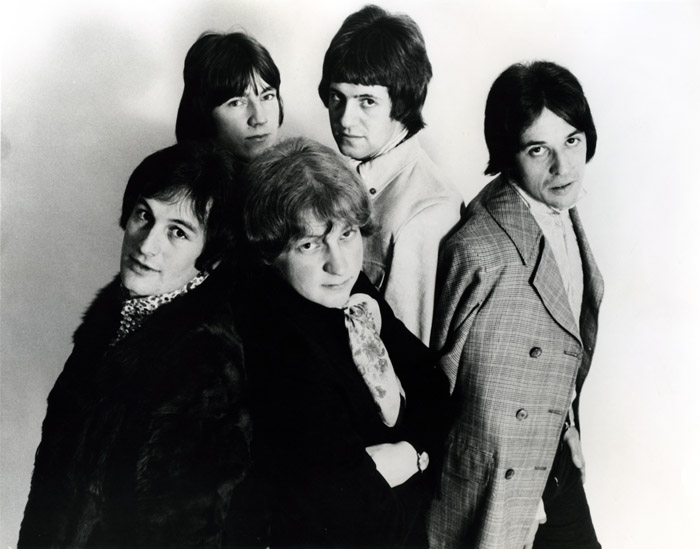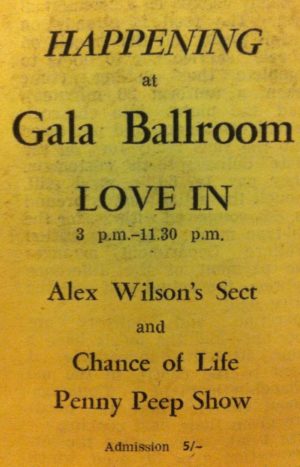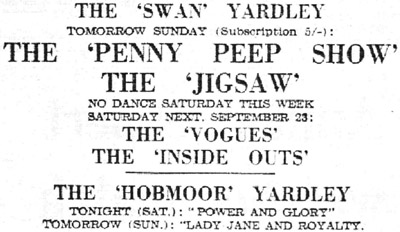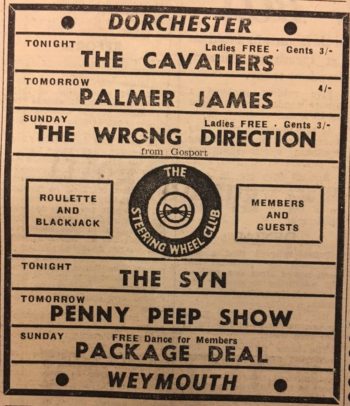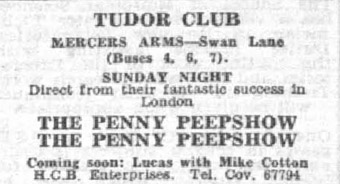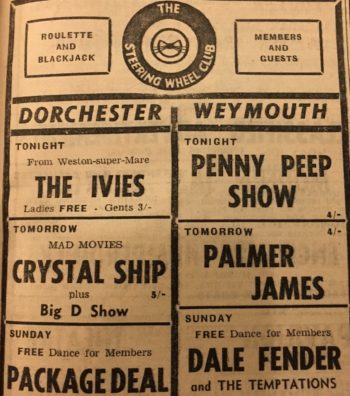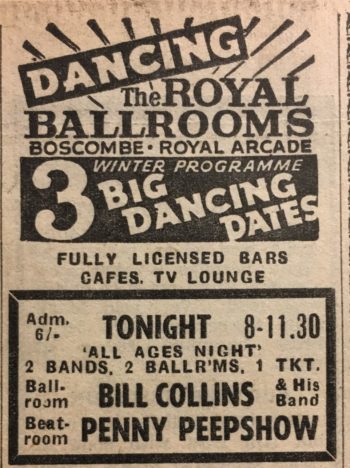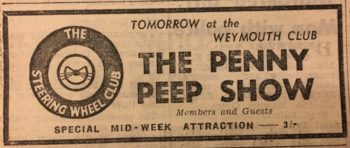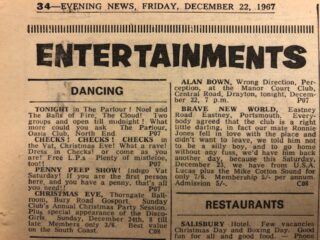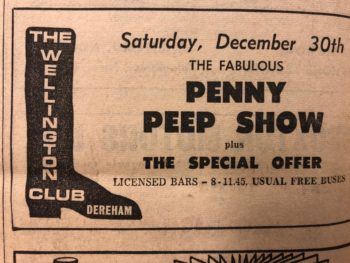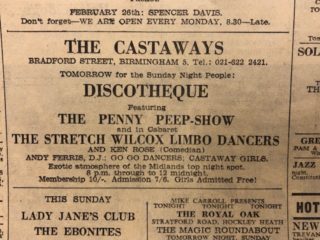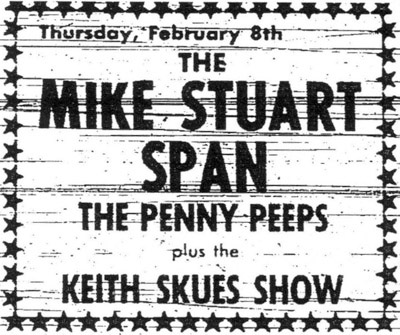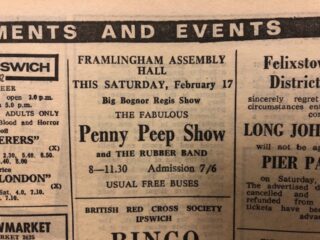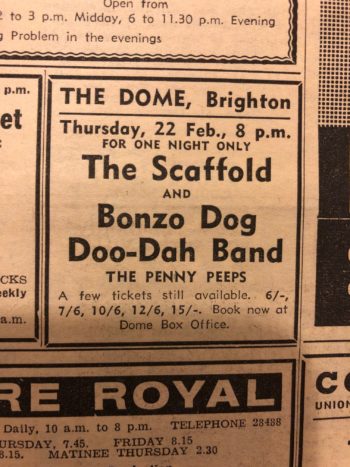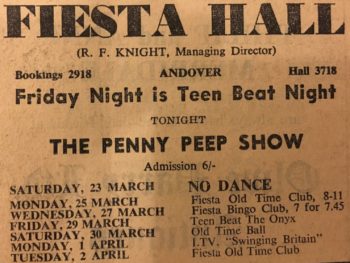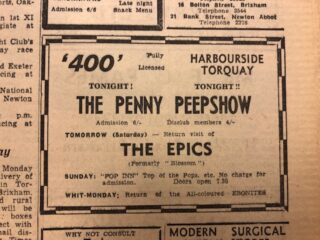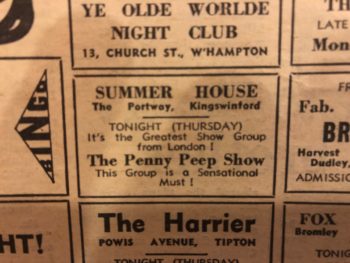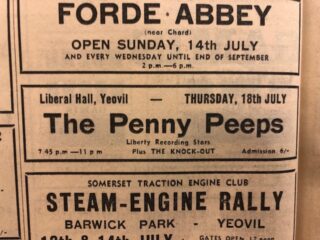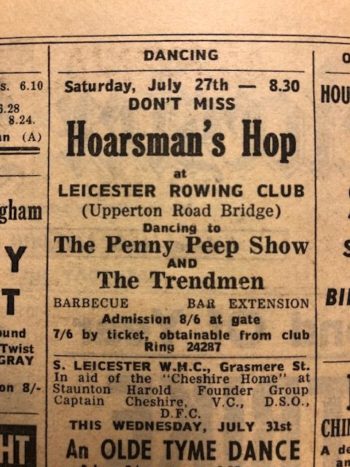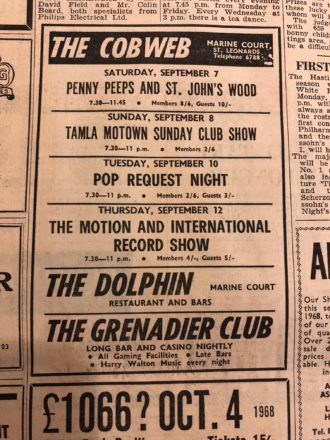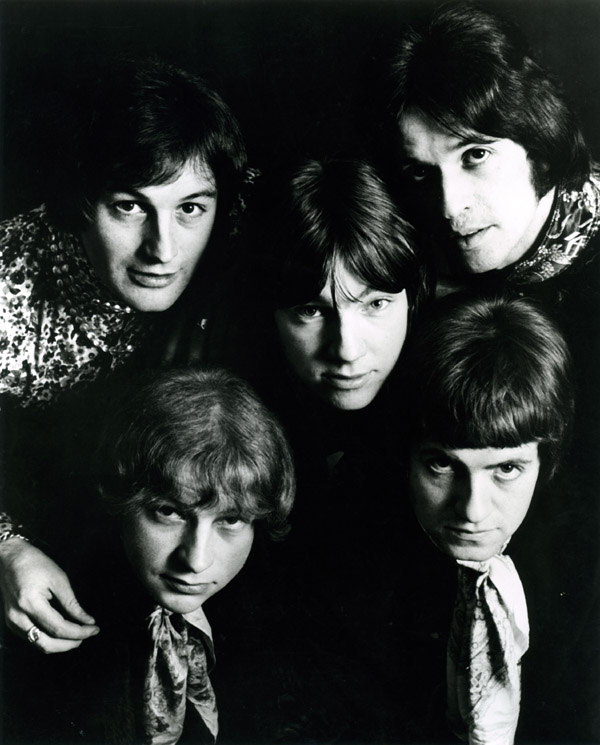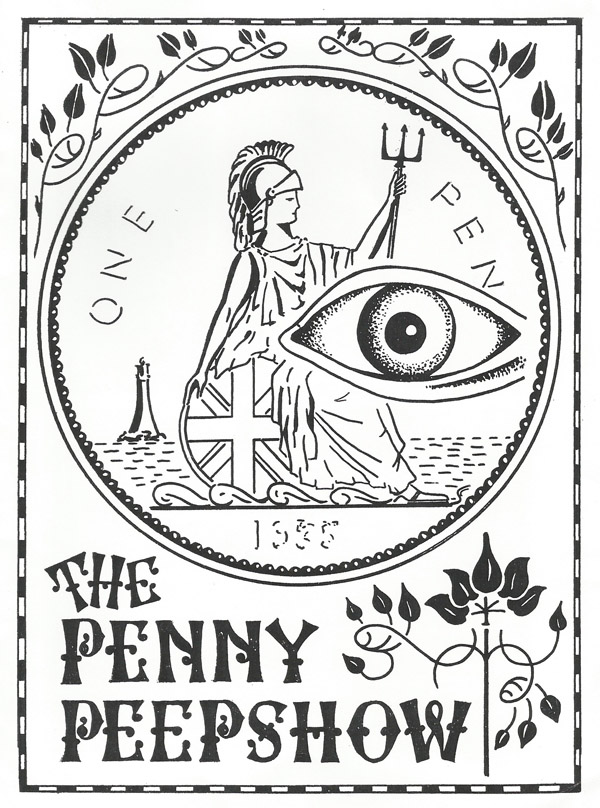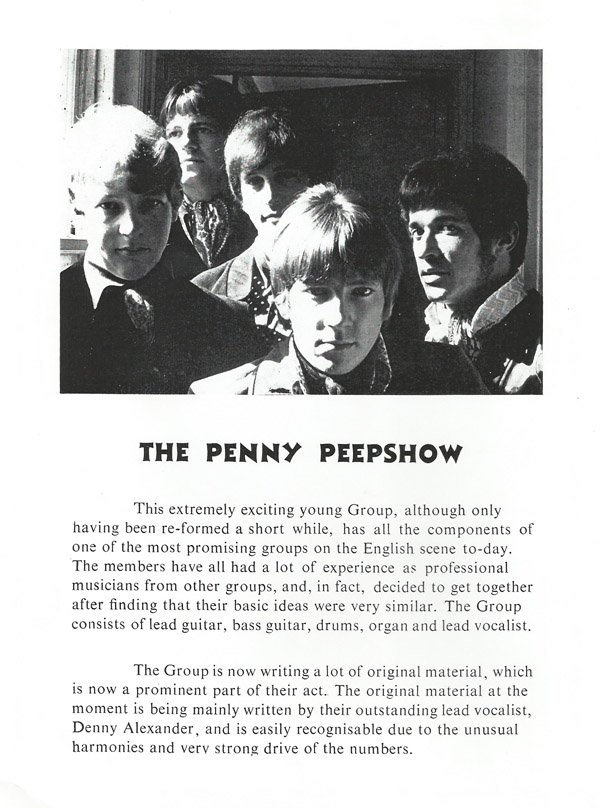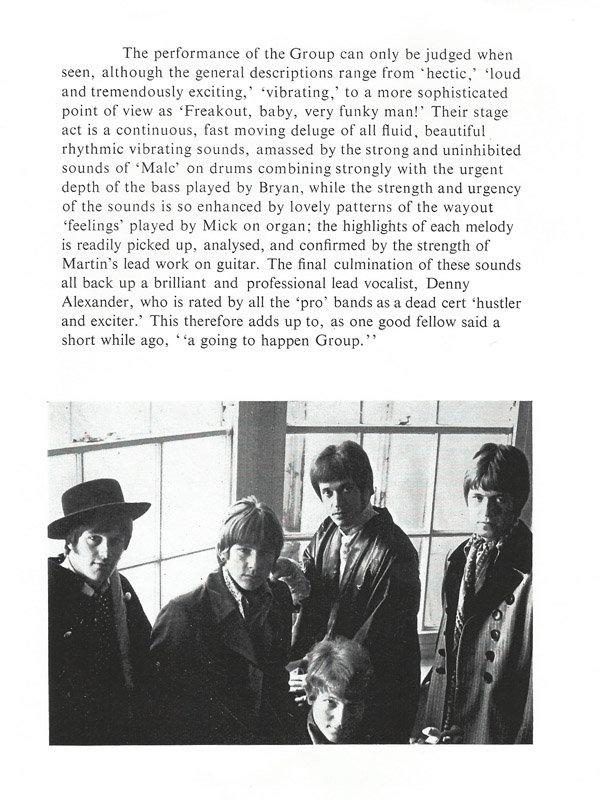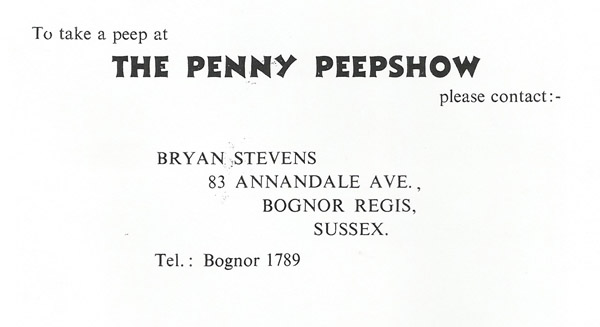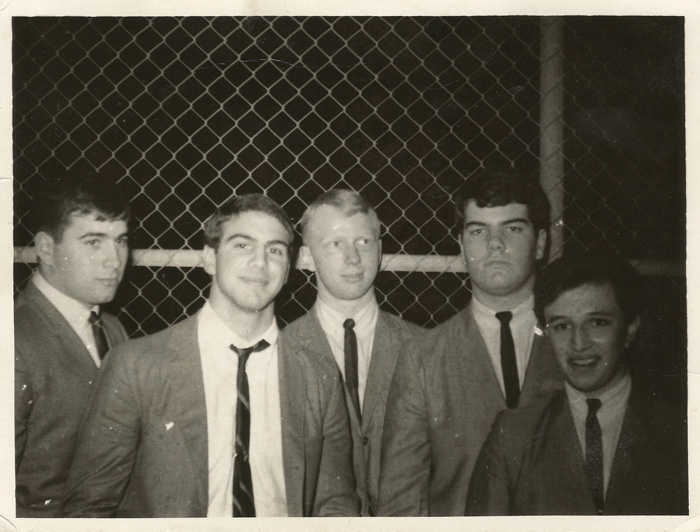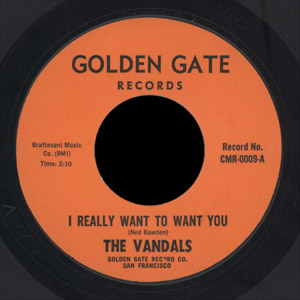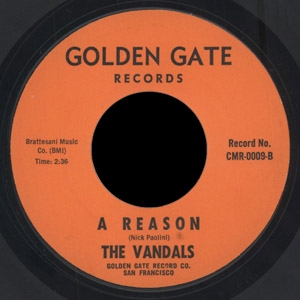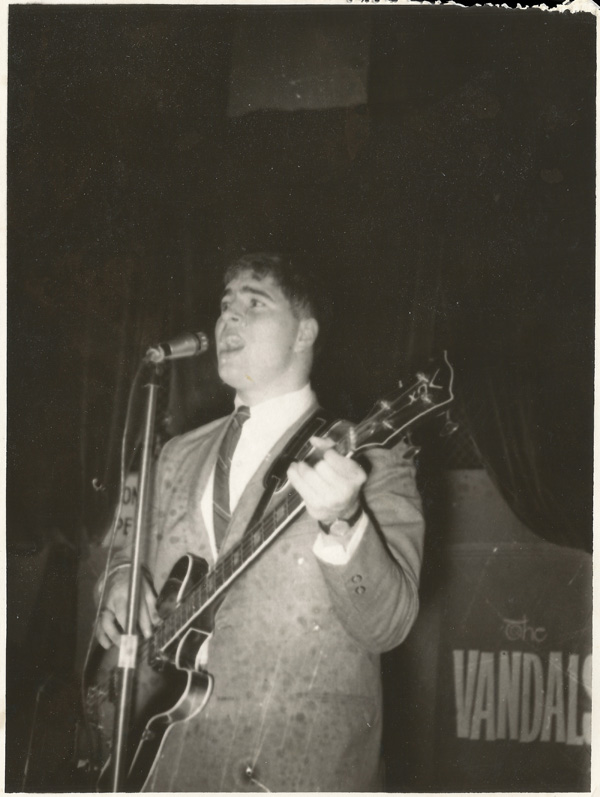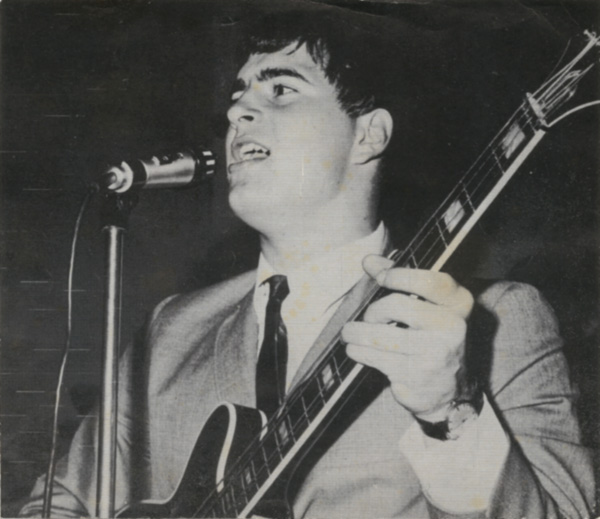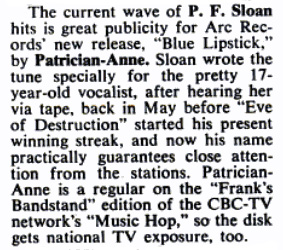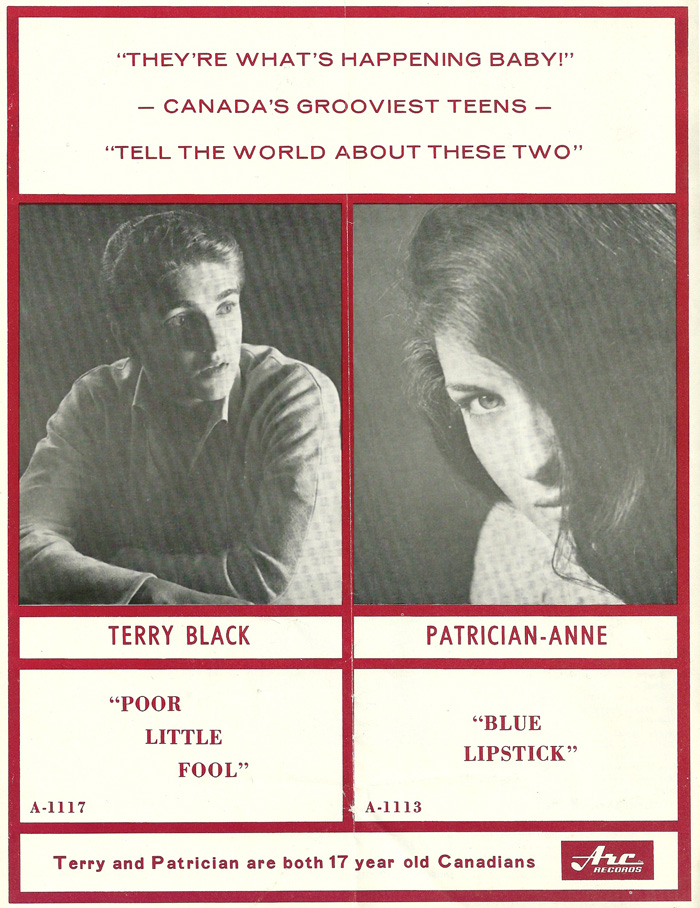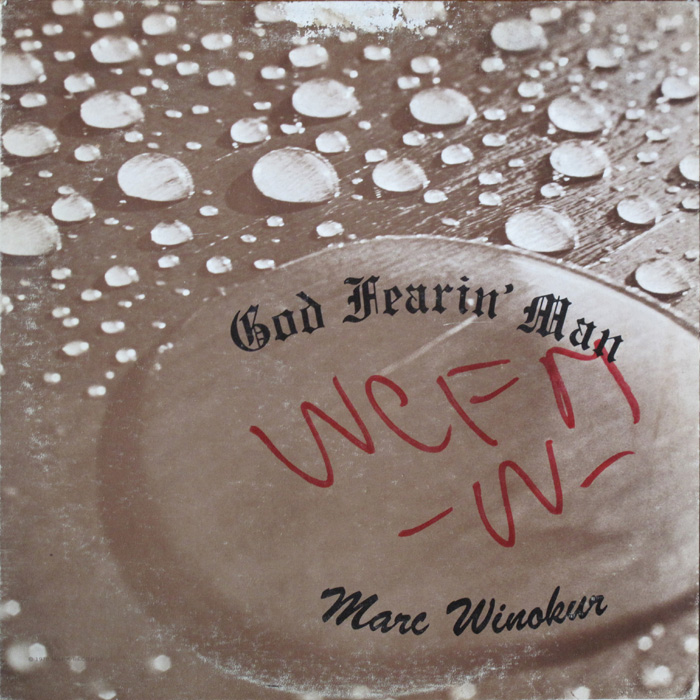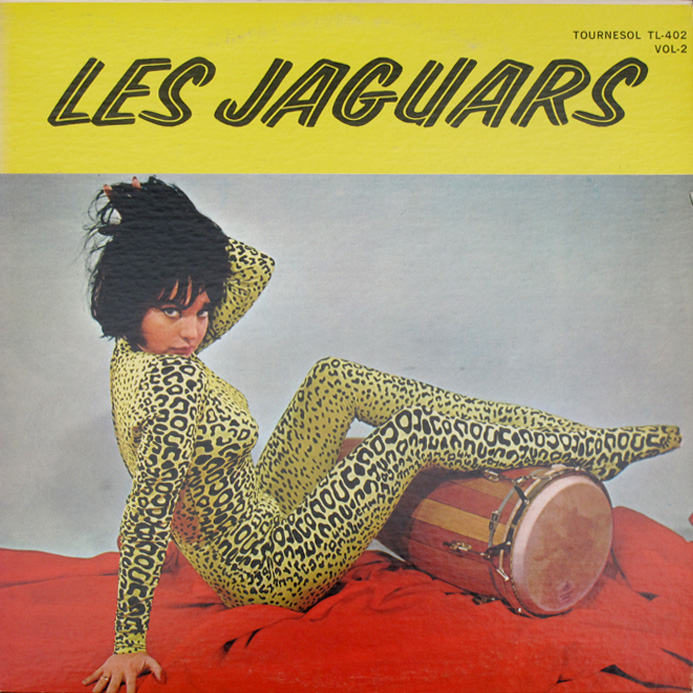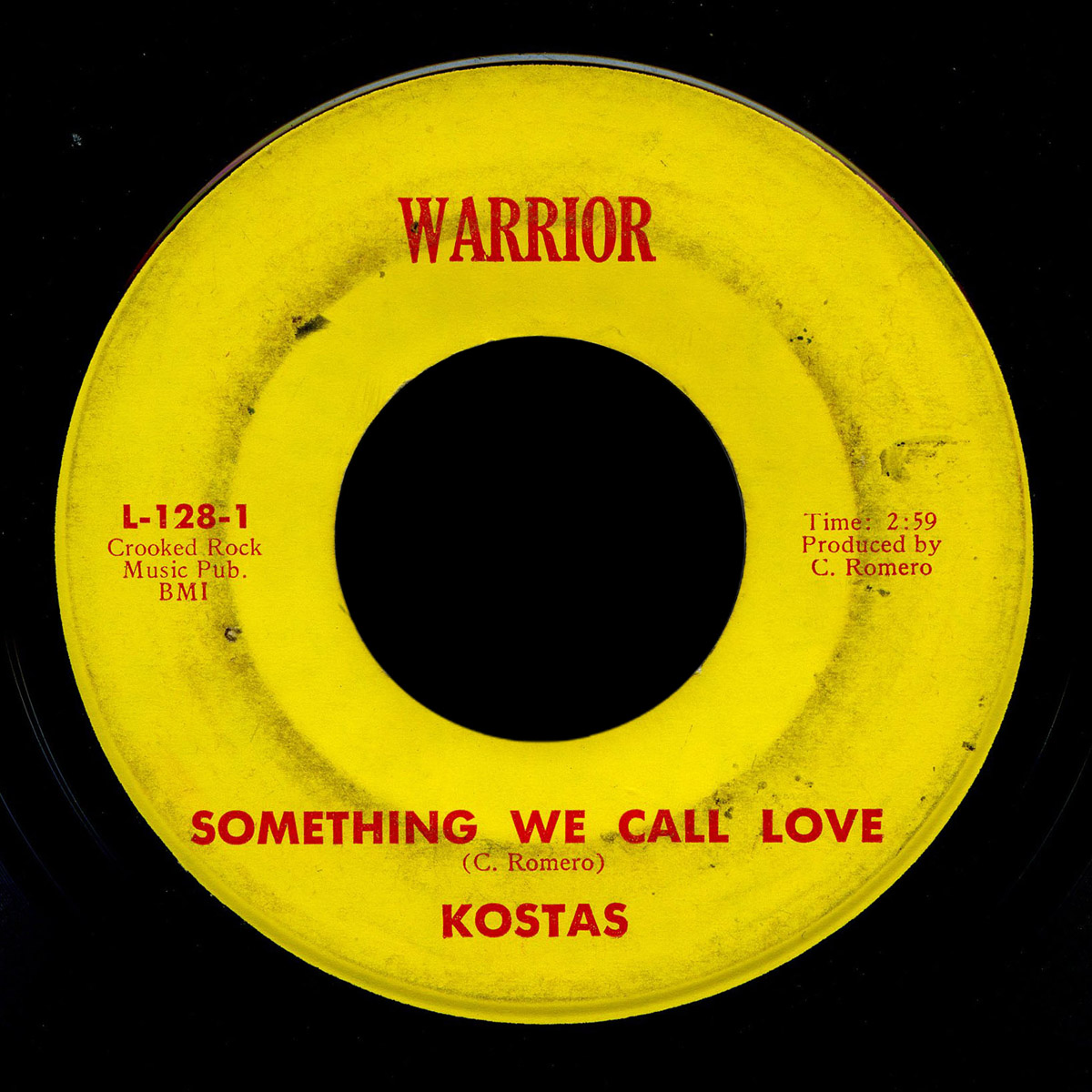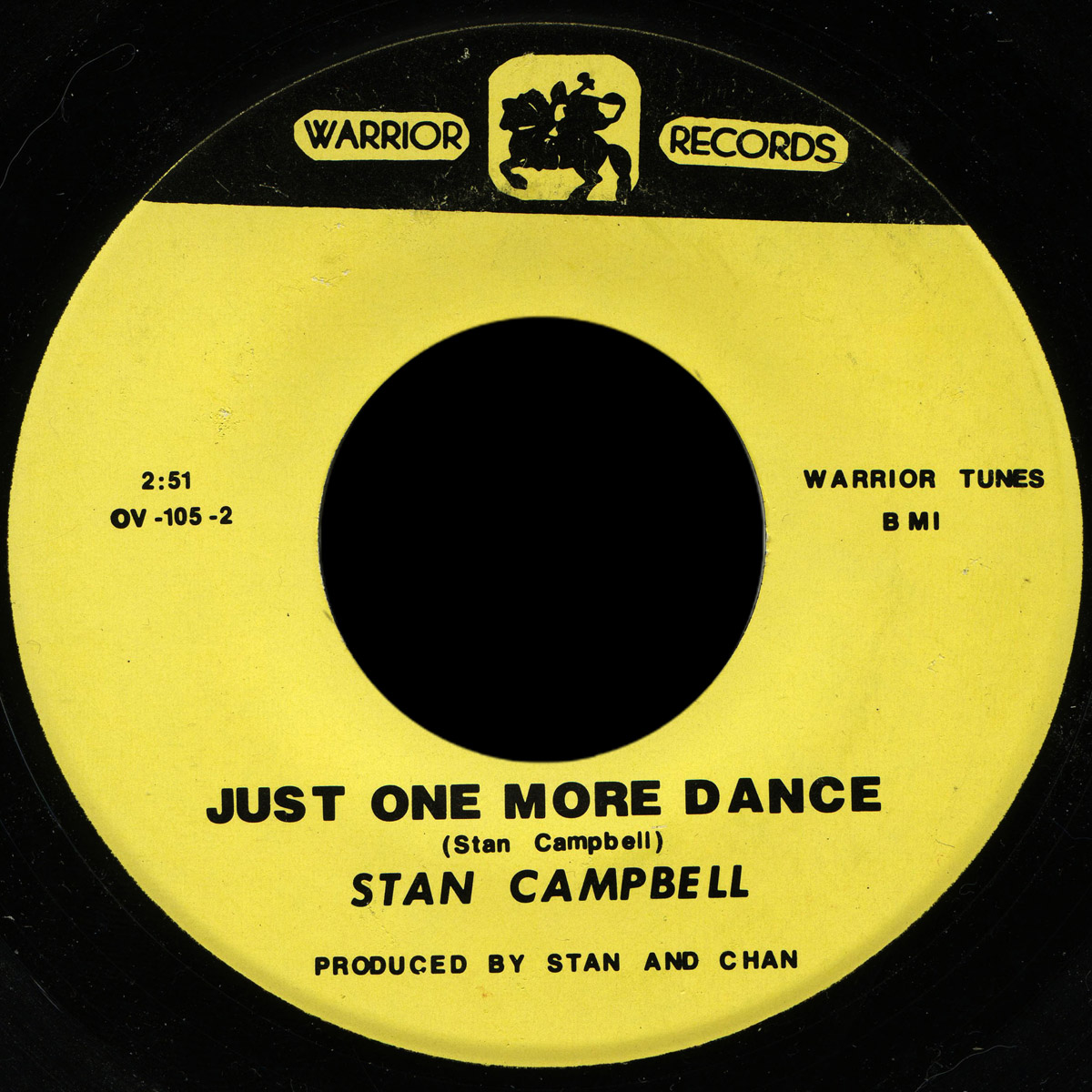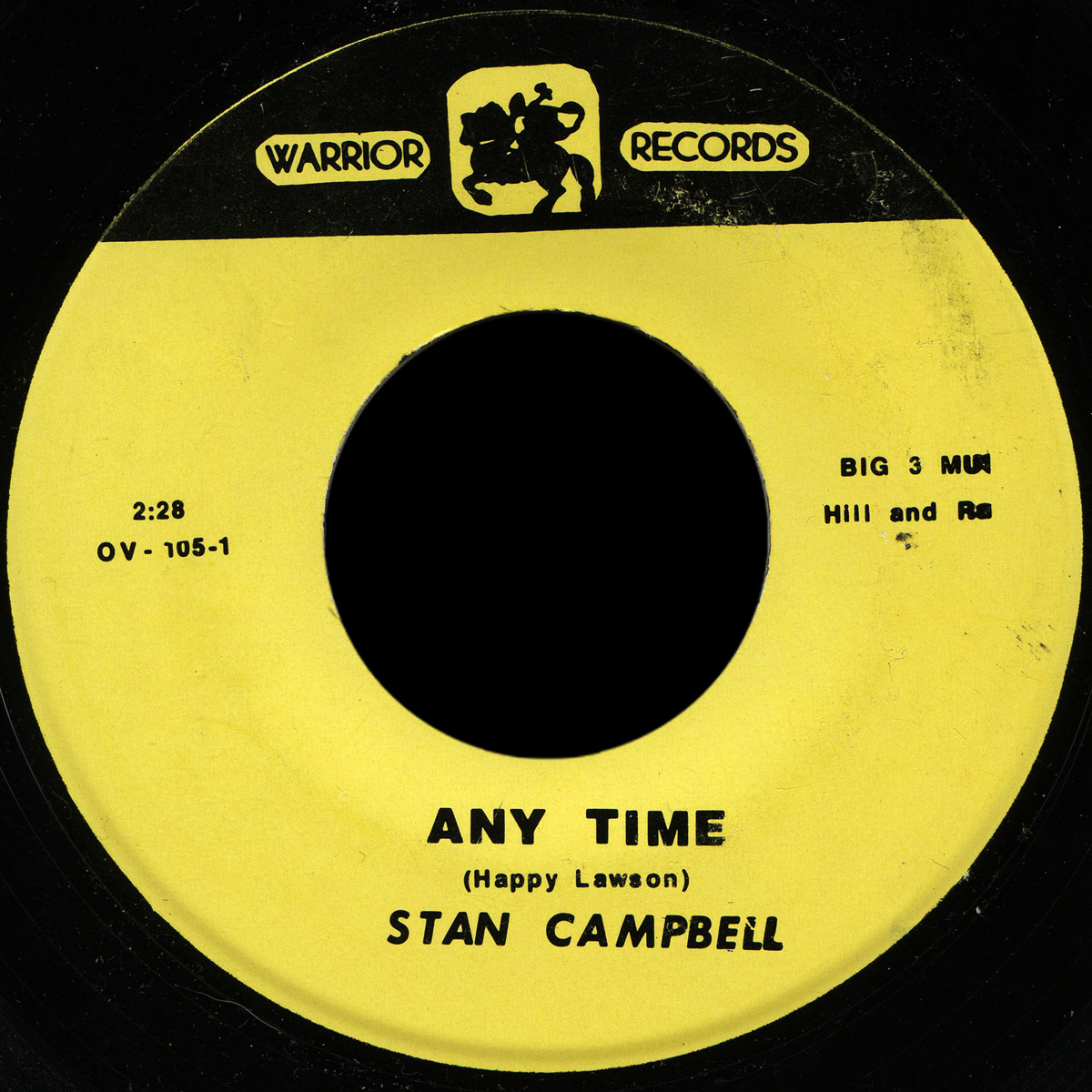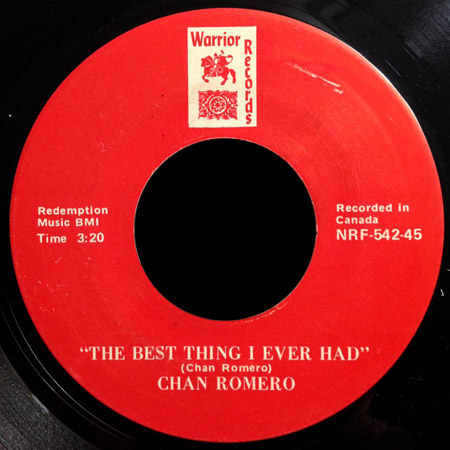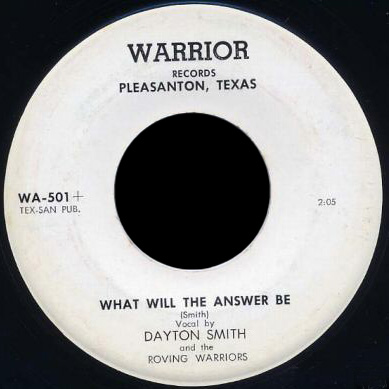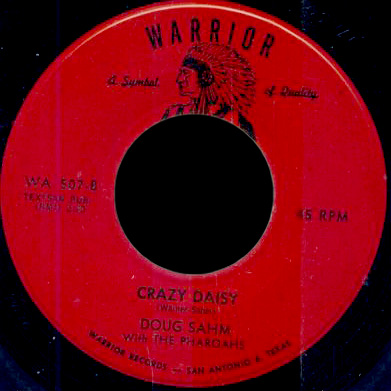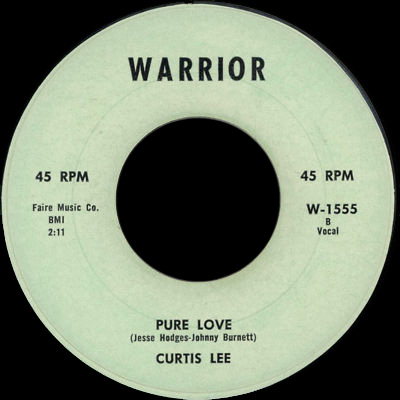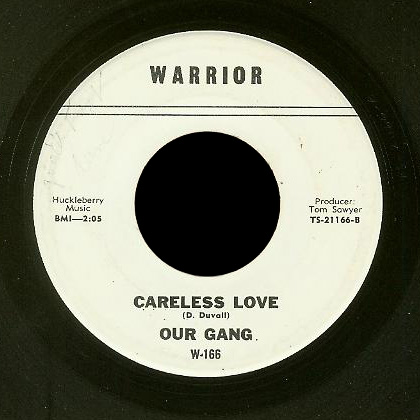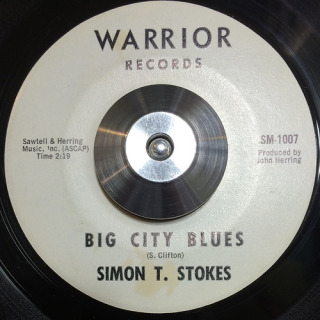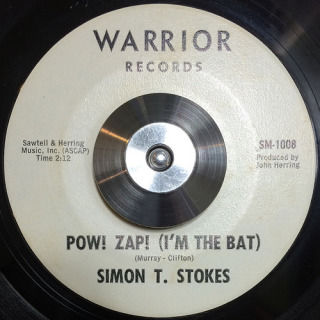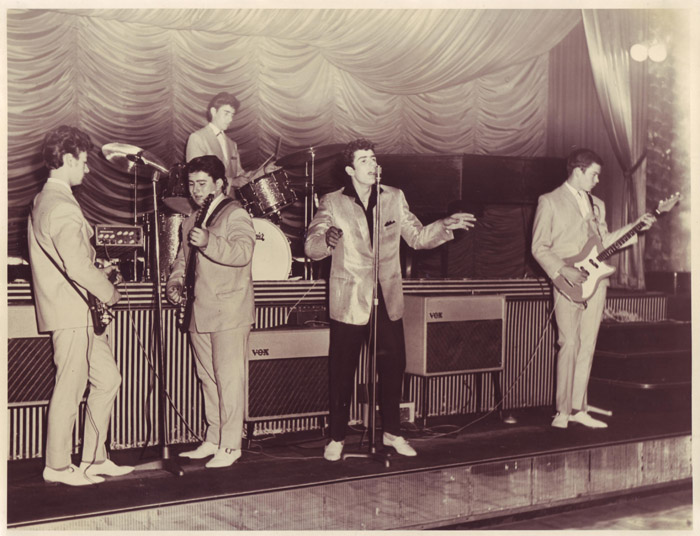
Mike Dee – lead vocals
Brian Sell – lead guitar
Brian Mansell – rhythm guitar
Dave Tippler –bass
Terry Mabey – drums
Mike Dee & The Jaywalkers was formed in February 1961 but had been active for several years before Dee (real name Mick Wheeler) was invited to join as lead singer. Wheeler had known Brian Sell from his childhood in Twickenham, Middlesex. Around 1957, while in their early teens, they had played skiffle together at Kneller School in Twickenham. Brian Mansell and Terry Mabey had also attended Kneller School and like Brian Sell were in the year below Wheeler. When Kneller shut, all of the musicians went to Whitton Secondary in Whitton, Middlesex.
Brian Sell had come up with the band name after seeing a sign for jaywalking while on the bus in Twickenham. The original band, comprising Brian Sell, Brian Mansell and Terry Mabey, was formed in 1959 and initially also included future Animals guitarist Vic Briggs. The Jaywalkers debuted at Zeeta’s in Putney but soon after Briggs left and the band took on lead singer Denny De Banks, who was two years older than the rest of the group.
According to Brian Mansell’s diary from this period, two of Denny & The Jaywalkers’ earliest gigs were a show at Whitton Secondary School on 16 December 1960 and a wedding at the Railway Tavern in Feltham, Middlesex on 31 December 1960. On 4 February 1961, Denny & The Jaywalkers came second at the Borough of Twickenham Rhythm Group contest, held at St Mary’s Hall, Twickenham. However, well-known DJ Phil Jay, one of the judges on the panel, was impressed and offered to be their manager.
Not long after Dave Tippler from Feltham, Middlesex joined on bass and may have been present when the group played at the Fountain Public House in Twickenham on 8 February 1961. Around this time Denny De Banks, who had a well-paid job and could not commit to going professional, departed leaving a vacant spot for a new lead singer. It was at this point that Brian Mansell ran into Mick Wheeler in Whitton and invited him to audition. Previous to joining Wheeler had played rhythm guitar in Twickenham band The Paragons, who also included singer Jeff Rolfe, lead guitarist Jimmy Johnson and drummer John Seddon.
According to Brian Mansell’s diary, the band attended an audition at the Carlton Ballroom in Slough on the morning of 19 February 1961 before playing a show at the Southall Community Centre in Southall, Middlesex that evening. Mike Dee & The Jaywalkers passed the audition and got a weekly gig at the Carlton, kicking off with a show on 26 February.
Confirmed gigs:
26 February 1961 – Carlton Ballroom, Slough, Berkshire
5 March 1961 – Carlton Ballroom, Slough, Berkshire
12 March 1961 – Carlton Ballroom, Slough, Berkshire
19 March 1961 – Carlton Ballroom, Slough, Berkshire
20 March 1961 – Carlton Ballroom, Slough, Berkshire
22 March 1961 – Carlton Ballroom, Slough, Berkshire
25 March 1961 – Isleworth Polytechnic, Isleworth, Middlesex
3 April 1961 – Carlton Ballroom, Slough, Berkshire
5 April 1961 – Carlton Ballroom, Slough, Berkshire with The Dreamers
15 April 1961 – Essoldo, Slough, Berkshire with Sean Dudley & The Wildcats
17 April 1961 – Carlton Ballroom, Slough, Berkshire with The Fleereckers
23 April 1961 – Carlton Ballroom, Slough, Berkshire
24 April 1961 – Carlton Ballroom, Slough, Berkshire
26 April 1961 – Carlton Ballroom, Slough, Berkshire
30 April 1961 – Carlton Ballroom, Slough, Berkshire
Mike Dee & The Jaywalkers underwent a significant personnel change with future Deep Purple axe man Ritchie Blackmore replacing Brian Sell around May 1961. Sell had met Blackmore at Dawe Instruments electronics factory in Brentford, Middlesex around 1959 where the latter worked as a trainee electronic wireman. The pair briefly rehearsed together in a trio with drummer Mick Underwood before Sell formed The Jaywalkers and Blackmore and (later) Underwood joined Bobbie & The Dominators. Sell introduced Blackmore to The Jaywalkers but it cost him his place in the band.
Brian Mansell’s diary notes that Mike Dee & The Jaywalkers were due to record for EMI on 14 April 1961 but the session was postponed. A record test for EMI did take place on 21 April, nearly a week after the show at the Essoldo in Slough with Sean Dudley & The Wildcats. It’s quite possible that the recording session did not go well and the band started to look for a replacement for Brian Sell. According to Jerry Bloom in his excellent book “Ritchie Blackmore – Black Knight”, Phil Jay wanted the band to sign with the George Cooper Agency. The band’s manager compered a lot of the Larry Parnes tours and many of the artists that appeared were booked through the agency, which wanted to sign The Jaywalkers up but not with Brian Sell as the guitarist. As a result, Blackmore was recruited as his replacement.
After leaving The Jaywalkers, Sell joined The Bandits. He then played and recorded with Rey Anton & The Peppermint Men before reuniting with Mick Wheeler in The All Night Workers in 1966. Jerry Bloom’s book on Ritchie Blackmore also notes that the new line up got the opportunity to record two tracks for Decca Records for a proposed single – “Stolen Hours” c/w “My Blue Heaven” at the label’s West Hampstead studios but they were subsequently shelved. Brian Mansell’s diary notes that the band recorded in the morning on 27 September 1961 before playing a show at the Carlton Ballroom in Slough in that evening.
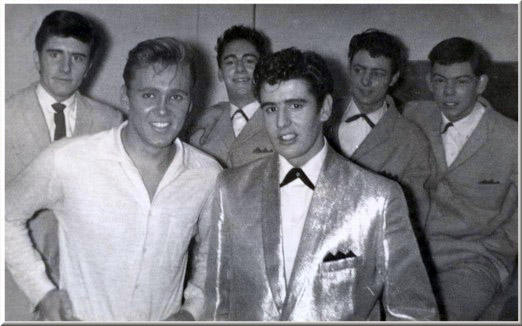
Shortly after a gig in Hemel Hempstead on 18 November 1961, Phil Jay got Mike Dee & The Jaywalkers on to a package tour headlined by Billy Fury and also including Eden Kane, Karl Denver and Shirley Douglas. When Douglas fell ill, Mike Dee & The Jaywalkers got the opportunity to fill in until she got better. However, there was some confusion because Peter Jay & The Jaywalkers, who were backing Eden Kane, were also on the tour. Mike Dee & The Jaywalkers’ involvement was cut short after playing two gigs – the first at the Granada in Dartford on 20 November and the second at the Guild Hall in Portsmouth on 21 November (where a photo was taken of the band with Billy Fury) when Douglas returned to the bill. The next day, Mike Dee & The Jaywalkers played in Doncaster supporting Johnny Gentle.
In early 1962, the band dispensed with Phil Jay and signed with the Rudy Stanton Agency. According to Mansell, The Jaywalkers rehearsed with Gene Vincent in a recording studio in London around this time in anticipation for a UK tour. However, the tour was cancelled at the last minute and Vincent returned to the US. During this period, Derek Sirmon, another former Kneller pupil, subbed for Terry Mabey on several occasions when he wasn’t well enough to perform. However, the band’s career was about to come to a halt.
While playing at Southall Community Centre (the most plausible date according to Mansell’s diary is 1 April 1962), Screaming Lord Sutch dropped in and offered Blackmore £40 a week to play with his backing band The Savages. Blackmore jumped at the chance but with a short tour lined up, he asked his friend Dave Wendels to fill in until he could join in mid-May.
A package tour headlined by Gary U.S. Bonds, Johnny Burnette and Gene McDaniel had been booked for April-May 1962. Johnny Milton & The Condors were also lined up to appear with The Condors backing support acts, Rolly Daniels, Danny Rivers and Mark Wynter. However, with all the publicity already made up, Johnny Milton & The Condors split up. With the confusion over the two Jaywalkers, Mike Dee & The Jaywalkers were asked to change name to The Condors and took their place. Mick Wheeler was not invited to participate so he sat out while the others backed the support acts on the 21-date package tour. With the tour winding up on 13 May 1962, Ritchie Blackmore departed for Screaming Lord Sutch’s band and The Jaywalkers disbanded.
In the months that followed, Mick Wheeler abandoned a music career and joined the parachute regiment in the Territorial Army. The singer did his training and gained his wings before returning to the live scene in late 1963 with Mike Dee & The Prophets. In 1966, however, Dee reverted to his real name, Mick Wheeler and formed The All Night Workers before later recording with the UK version of Jo Jo Gunne and fronting a latter day version of The Love Affair.
Brian Mansell and Terry Mabey both worked with Frankie Reid & The Casuals after The Jaywalkers broke up. While Mabey subsequently joined James Royal & The Hawks, Mansell later played with The Missing Links before reuniting with Mick Wheeler in The All Night Workers during spring 1968.
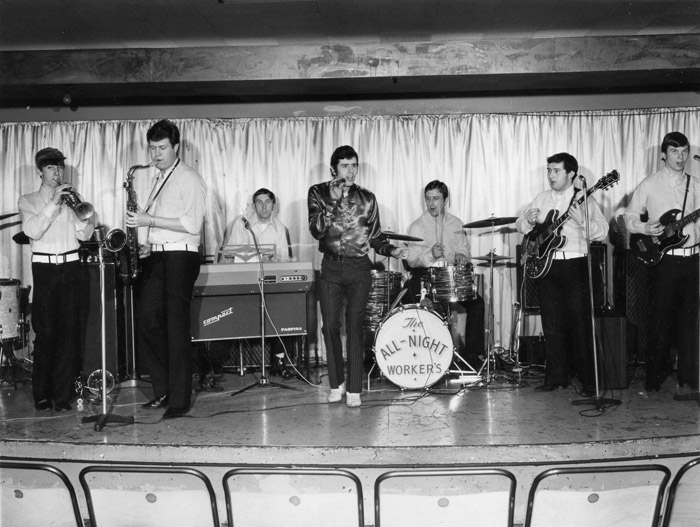
The following is a list of selected gigs from Mansell’s diary when Ritchie Blackmore was a member:
6 May 1961 – Essoldo, Slough, Berkshire
10 May 1961 – Carlton Ballroom, Slough, Berkshire
13 May 1961 – White Hart, Southall, Middlesex
17 May 1961 – Carlton Ballroom, Slough, Berkshire
21 May 1961 – Carlton Ballroom, Slough, Berkshire
27 May 1961 – Essoldo, Slough, Berkshire
31 May 1961 – Carlton Ballroom, Slough, Berkshire
3 June 1961 – Staines Town Hall, Staines, Middlesex
4 June 1961 – Carlton Ballroom, Slough, Berkshire
7 June 1961 – Carlton Ballroom, Slough, Berkshire
12 June 1961 – Carlton Ballroom, Slough, Berkshire
17 June 1961 – Essoldo, Slough, Berkshire
18 June 1961 – Southall Community Centre, Southall, Middlesex
21 June 1961 – Carlton Ballroom, Slough, Berkshire
24 June 1961 – Rugby Football Ground, Twickenham (open air concert)
26 June 1961 – Carlton Ballroom, Slough, Berkshire
28 June 1961 – Carlton Ballroom, Slough, Berkshire
2 July 1961 – Southall Community Centre, Southall, Middlesex
5 July 1961 – High Wycombe Town Hall, High Wycombe, Buckinghamshire
8 July 1961 – Gaumont Pier, Southampton, Hampshire
19 July 1961 – High Wycombe Town Hall, High Wycombe, Buckinghamshire
29 July 1961 – Essoldo, Slough, Berkshire
30 July 1961 – Carlton Ballroom, Slough, Berkshire
1 August 1961 – Walton Hop, Walton-on-Thames, Surrey
2 August 1961 – Carlton Ballroom, Slough, Berkshire
5 August 1961 – Southampton Pier, Southampton, Hampshire
7 August 1961 – Carlton Ballroom, Slough, Berkshire
13 August 1961 – Carlton Ballroom, Slough, Berkshire
16 August 1961 – High Wycombe Town Hall, High Wycombe, Buckinghamshire
19 August 1961 – Southampton Gaumont, Southampton, Hampshire (morning)
19 August 1961 – Southampton Pier, Southampton, Hampshire (evening)
2 September 1961 – Agincourt Ballroom, Camberley, Surrey
3 September 1961 – Southall Community Centre, Southall, Middlesex
9 September 1961 – Mental hospital in Basingstoke with Screaming Lord Sutch & The Savages
13 September 1961 – Carlton Ballroom, Slough, Berkshire
23 September 1961 – Essoldo, Slough, Berkshire
27 September 1961 – Carlton Ballroom, Slough, Berkshire
30 September 1961 – Staines Town Hall, Staines, Middlesex
1 October 1961 – Southall Community Centre, Southall, Middlesex
4 October 1961 – Carlton Ballroom, Slough, Berkshire
5 October 1961 – Crown Ballroom, Banbury, Oxfordshire
14 October 1961 – Agincourt Ballroom, Camberley, Surrey
15 October 1961 – Carlton Ballroom, Slough, Berkshire
21 October 1961 – Essoldo, Slough, Berkshire
24 October 1961 – Walton Hop, Walton-on-Thames, Surrey
28 October 1961 – Southampton Gaumont, Southampton, Hampshire (morning)
28 October 1961 – Southampton Pier, Southampton, Hampshire (evening)
1 November 1961 – Carlton Ballroom, Slough, Berkshire
4 November 1961 – Park Ballroom, Southampton, Southampton, Hampshire
7 November 1961 – Walton Hop, Walton-on-Thames, Surrey
8 November 1961 – Agincourt Ballroom, Camberley, Surrey
17 November 1961 – USAF, Bushy Park, Middlesex
24 November 1961 – Essoldo, Paddington
25 November 1961 – Crawley (possibly Starlight Ballroom), West Sussex
29 November 1961 – Adelphi, Slough, Berkshire
30 November 1961 – Agincourt Ballroom, Camberley, Surrey
10 December 1961 – Carlton Ballroom, Slough, Berkshire (last gig of the year)
For The Condors gigs, see Jerry Bloom’s excellent site.
I’d especially like to thank Brian Mansell for sharing his diaries with me and for his hospitality. Thanks also to Mick Wheeler, Brian Sell and Jerry Bloom.
Copyright © Nick Warburton, 2012. All Rights Reserved. No part of this article may be reproduced or transmitted in any from or by any means, without prior permission from the author.
I have tried to ensure the accuracy of this article but I appreciate that there are likely to be errors and omissions. I would appreciate any feedback from anyone who can provide any additions or corrections. Email:Warchive@aol.com
Visit: www.nickwarburton.com
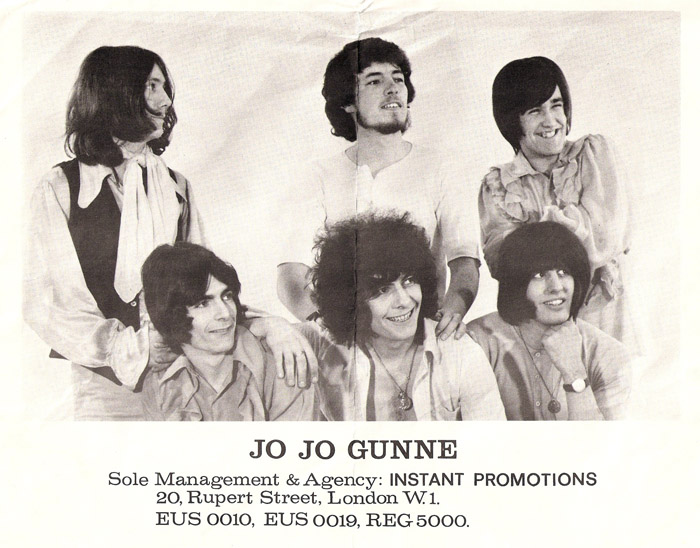

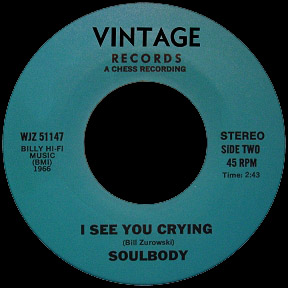
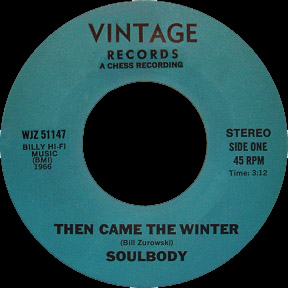
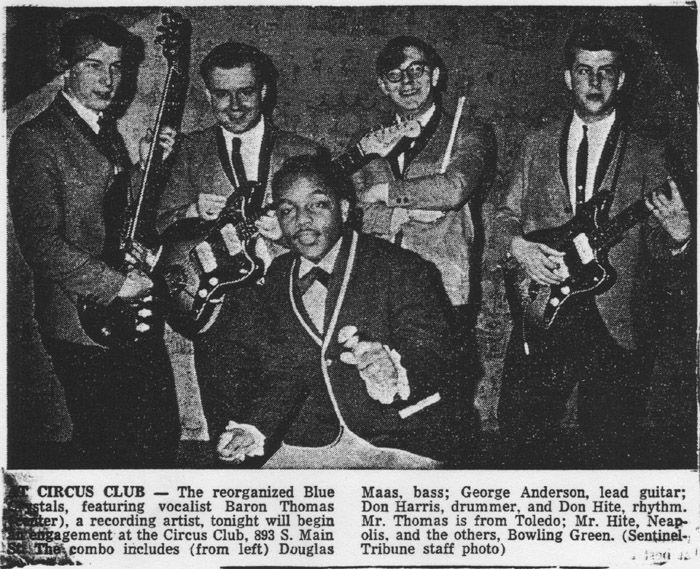
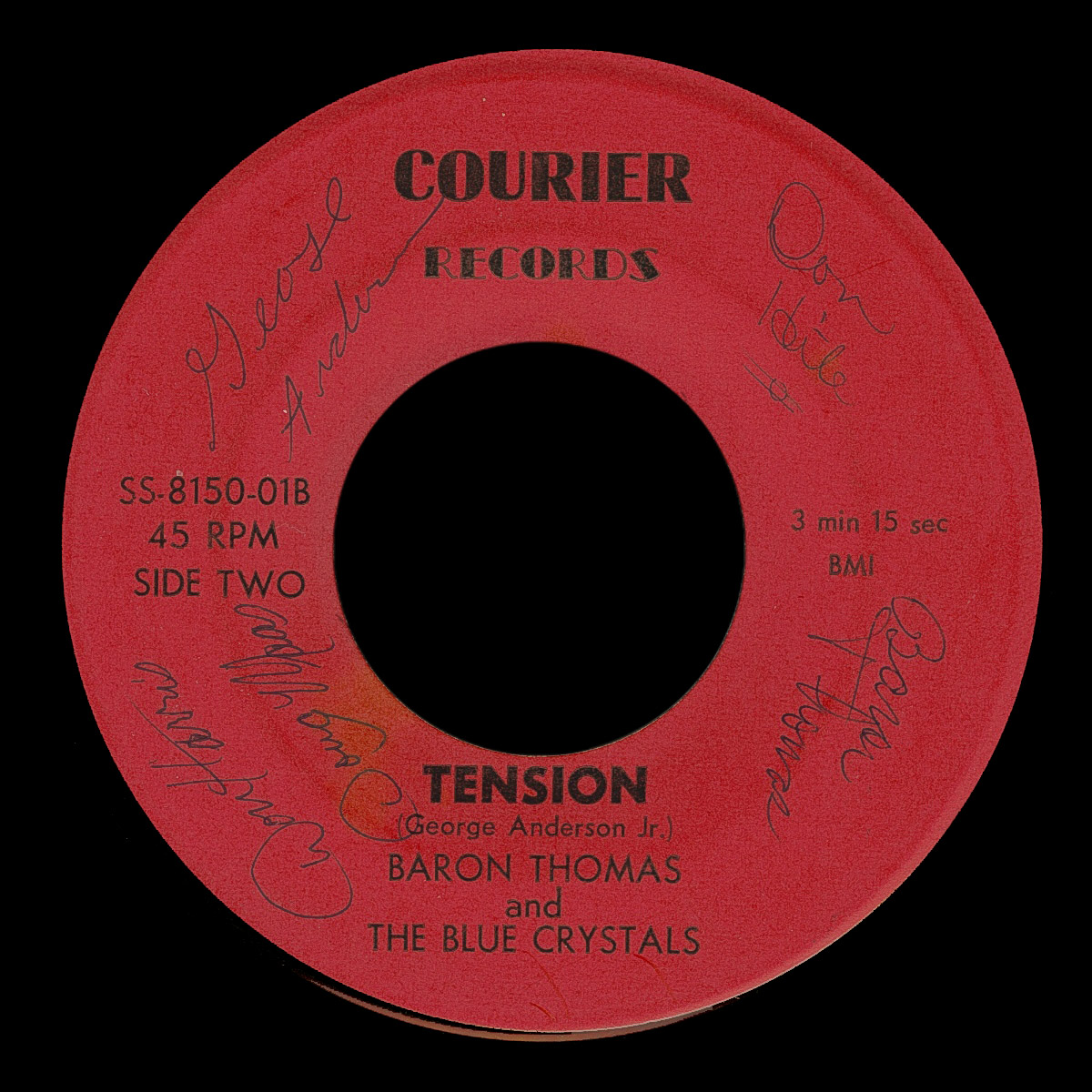 Baron Thomas & the Blue Crystal’s “Tension” is a song that I never get tired of. The bass gives the song a great propulsion, the drumming sounds fantastic with all the reverb on it, and Baron Thomas’ vocals cut through the hiss of the ride cymbal and the compression of the recording. The two guitars have distinct sounds and roles in the song, and everything comes together so nicely on the chorus, as the finger-picked rhythm switches to slashing chords.
Baron Thomas & the Blue Crystal’s “Tension” is a song that I never get tired of. The bass gives the song a great propulsion, the drumming sounds fantastic with all the reverb on it, and Baron Thomas’ vocals cut through the hiss of the ride cymbal and the compression of the recording. The two guitars have distinct sounds and roles in the song, and everything comes together so nicely on the chorus, as the finger-picked rhythm switches to slashing chords.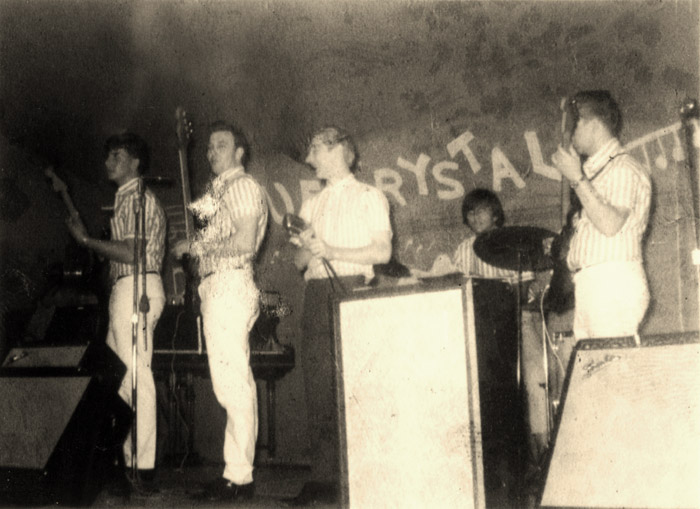
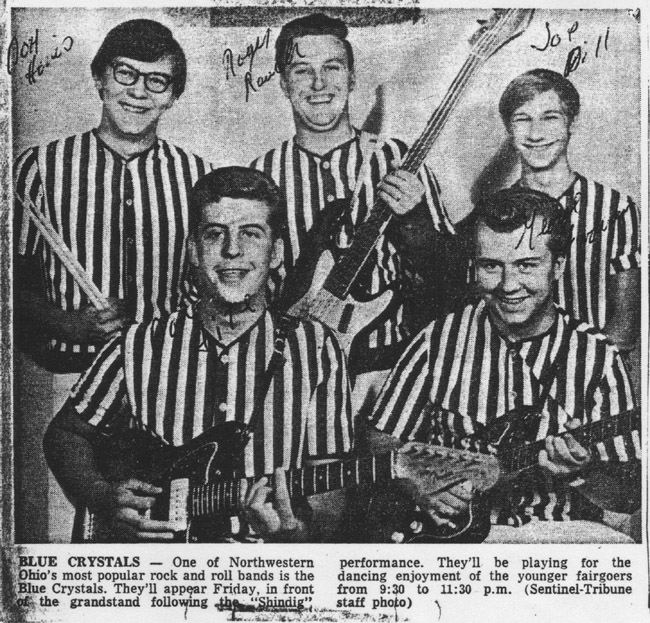
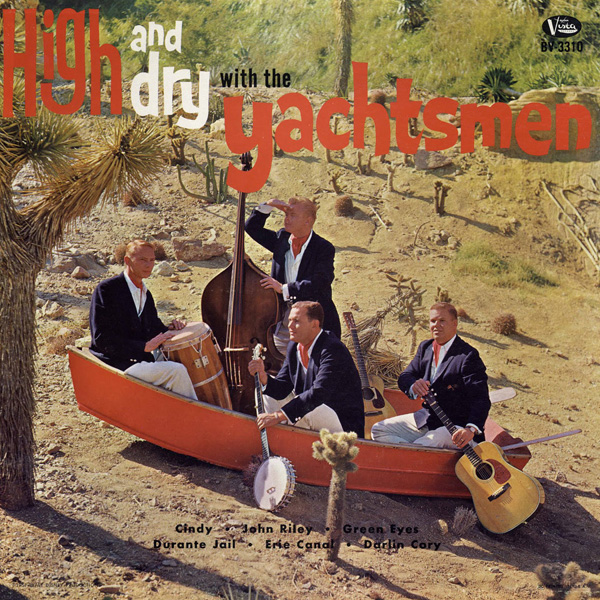 The What’s New have always fascinated record collectors: mistakenly listed as a Florida band, they released two EPs in France but nothing in the U.S.
The What’s New have always fascinated record collectors: mistakenly listed as a Florida band, they released two EPs in France but nothing in the U.S.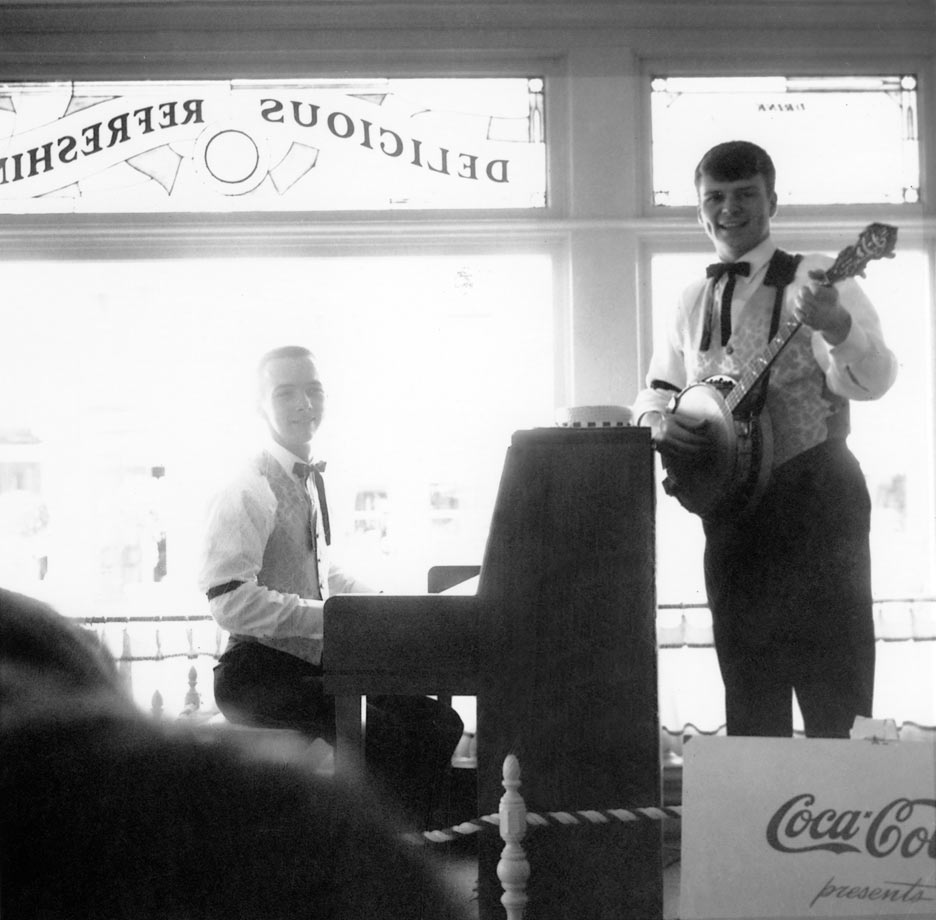
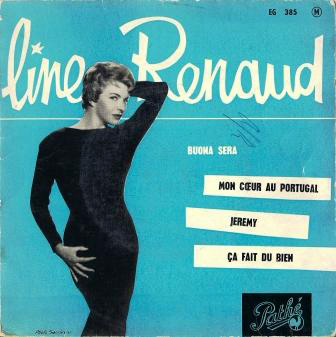
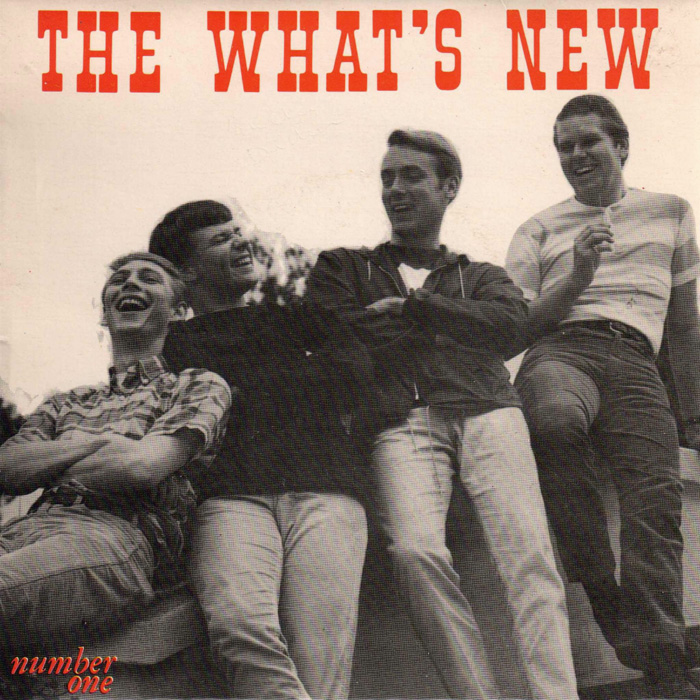
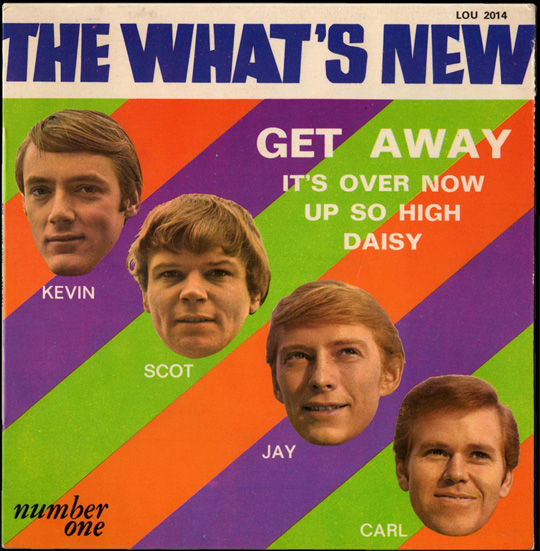
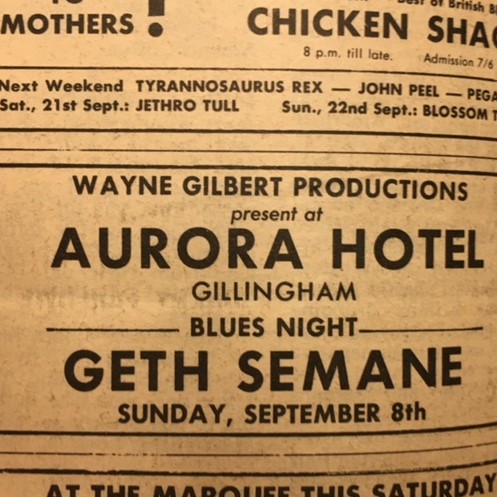
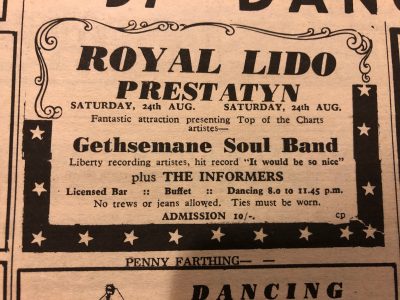
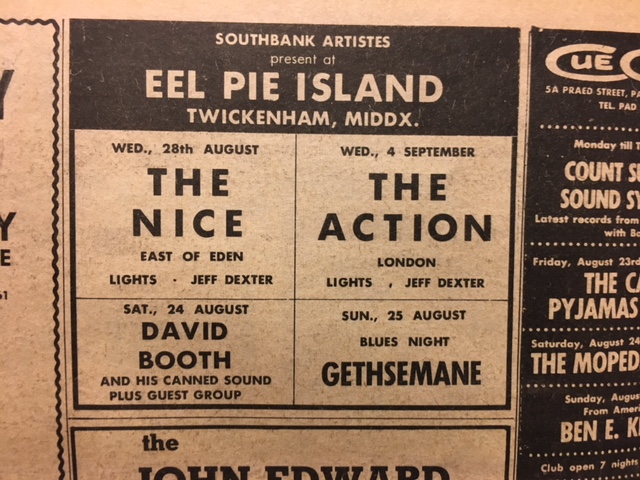
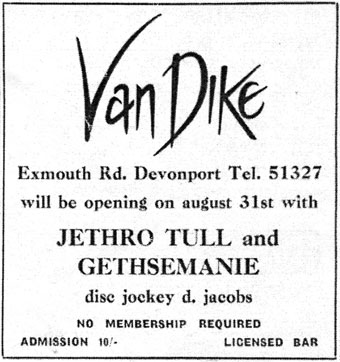
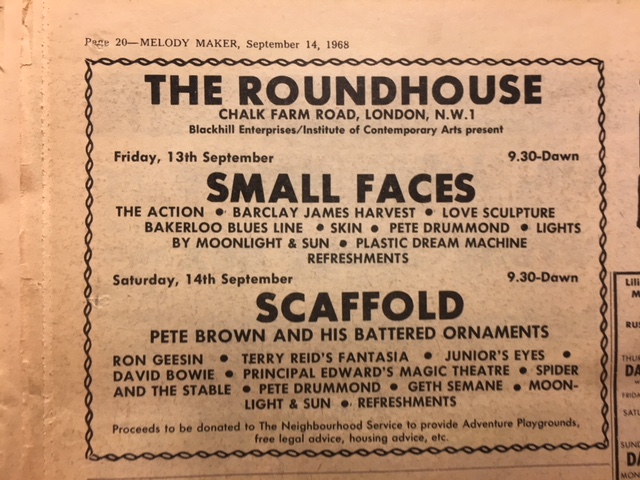

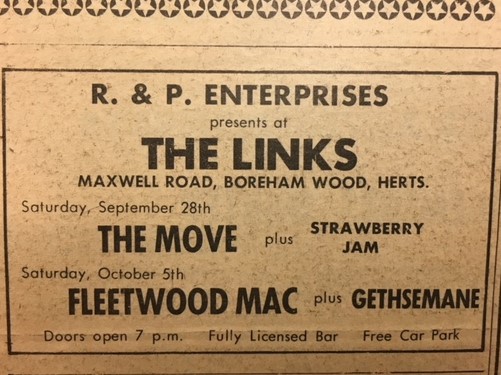



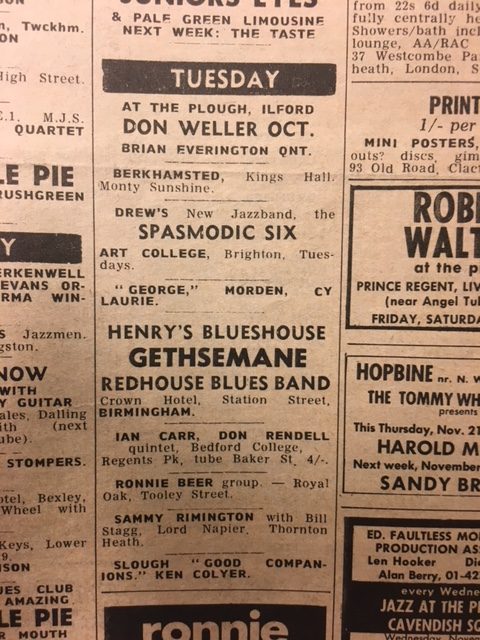 (26) Gethsemane appear at the Crown Hotel, Birmingham with The Redhouse Blues Band.
(26) Gethsemane appear at the Crown Hotel, Birmingham with The Redhouse Blues Band.